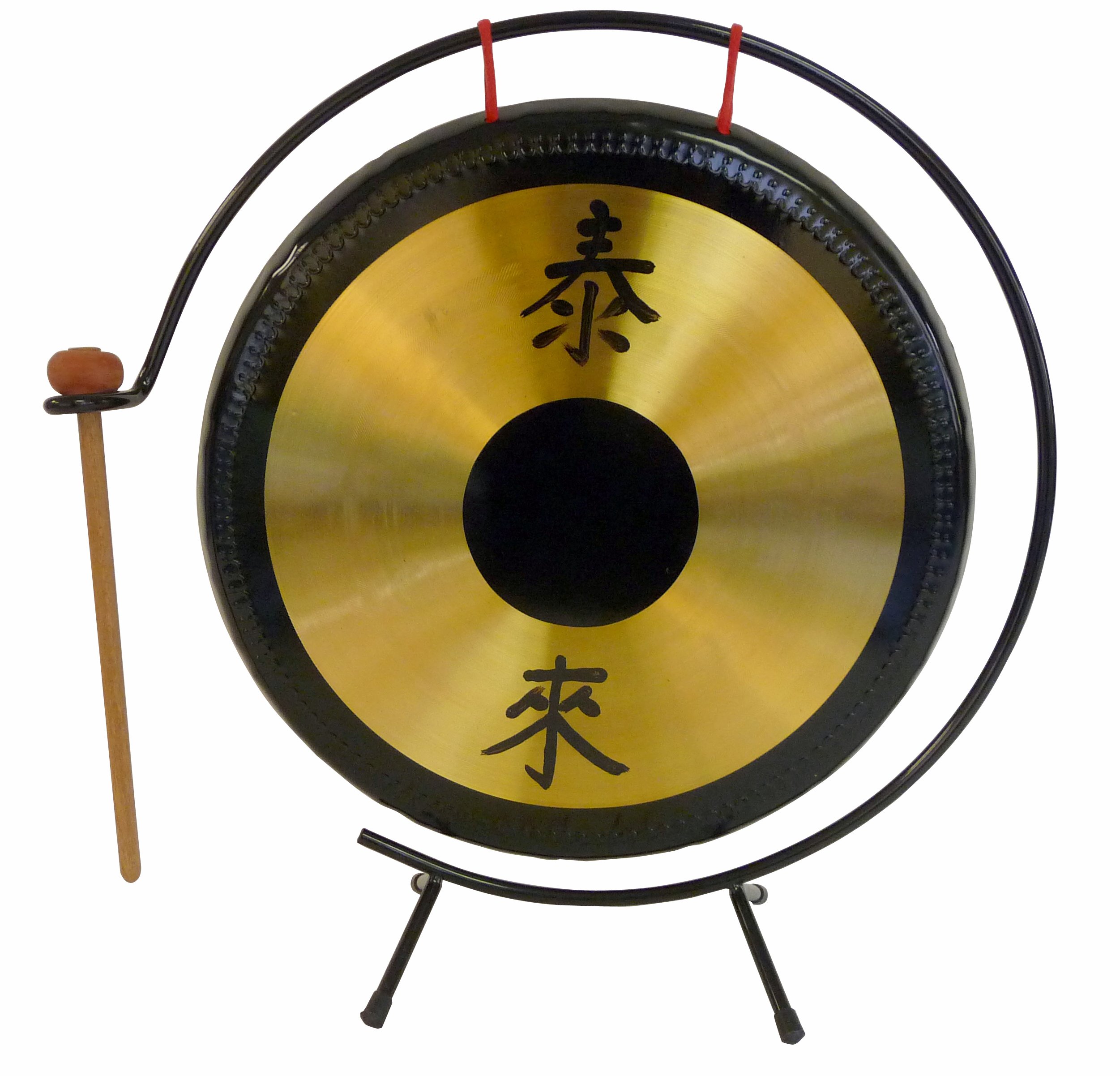Unveiling the Mystique of the Gong
Within the musical instrument’s vast landscape lies the gong instrument with a deep cultural history. Dating back thousands of years and possessing spiritual as well as artistic significance; delving further into its mysterious depths unveils more than merely a musical instrument but a channel for spiritual experiences and journeys with sound vibrations.
Historical Overture
The gong has an ancient yet multifarious past. Originating in East Asian cultures like China and Southeast Asia, its use in rituals, ceremonies, and performances was quickly adopted across numerous cultures as they each adopted and tailored their tones to suit their artistic or spiritual requirements.
Historical gongs were meticulously hand-made of various metals such as bronze, brass, and nickel silver by skilled artisans aware of the alchemy required to craft gongs with ideal resonance; each was stamped with unique characteristics by its crafting artisans who gave each gong its distinctive sound signatures across continents – captivating audiences with deep resonance that could only come from such instruments.
Anatomy of Sound
What sets the gong apart is its capacity to produce an array of tones ranging from whispers of air movement up to loud thunderous booms from its striking surface. The answer lies within its complex relationship among size, thickness, shape, and alloy composition characteristics – something no other instrument can do!
Gong surfaces are carefully hammered with mallets to produce intricate designs on its surface that contribute to its unique timbre. Some elaborate gong designs exist both aesthetically and as ways of modulating sound production; their curvature known as profile further modifies this experience for audiences by orchestrating emotional states across musical scores.
Shamanic Symphony
Gongs play an indispensable part in spiritual and shamanic practices. From meditation sessions and healing rituals, their vibrations may bring deep relaxation as well as altered states of consciousness.
Shamans and spiritual leaders throughout history have used gong energy to connect to the spiritual realm. Its rhythmic pulses can reportedly harmonize body and mind, providing balance and well-being benefits. More recently, gong baths have become popular, where participants immerse themselves in its immersive soundscape for therapeutic benefits.
Modern Resonance
Today, gongs continue their evolution by finding their place not just in traditional settings but also in modern music genres like ambient and experimental music but also jazz and rock music genres. Musicians take note of its versatility when creating intricate textures or unleashing powerful crescendos with it.
Orchestras use gongs as one of their signature elements, drawing immediate audience attention with their loud crashes and dramatic gestures. Composers and conductors strategically use gongs during crucial climactic moments for added effect; creating a rich tapestry that resonates directly with audiences on an emotional level.
Playing the Gong
Gong playing is an art in its own right. Players Gong – often called gongists or gongmasters – understand all aspects of striking an instrument to elicit specific sounds, from choosing mallets and striking techniques, through intensification of each strike to overall performance.
Gong players aren’t simply musicians; they serve as protectors of an ancient tradition by transmitting its essence through their craft. A live performance reveals this intimate bond as gongs and gongs interact as one entity – their connection becomes palpable as instruments become extensions of each player’s expression.
Finding Harmony in Diversity
One of the gong’s most captivating features is its capacity to transcend cultural borders. Over its history, as it traveled between continents it assimilated itself into various musical traditions becoming a universal symbol of harmony and resonance. Nowadays it serves as an embodiment of how diverse elements can come together harmoniously into beauty that emerges when combined harmoniously together.
Experienced in any setting–be it a religious ceremony, concert hall performance, or studio recording sessions. The gong offers its listeners an unforgettable sensory journey. It can elicit emotions that stir deep within us all while transporting individuals beyond ordinary realities.
As we look towards the future, the gong’s resonance remains strong. Its timeless allure and adaptability ensure it continues to play an active part in modern music composition – be it ancient rituals or contemporary compositions – standing as a testament to sound’s transformative powers and humanity’s need to transcend everyday experience.
Amid an often chaotic world, the gong serves as a beacon of calm. We should take time out for just listening – then enjoy being transported by its beautiful melody! Let the sound resonate from time and space alike to provide us all a momentary pause, reconnect, and take in its soothing melodies – they’re part of our shared musical heritage that connects us all.












